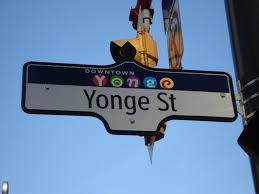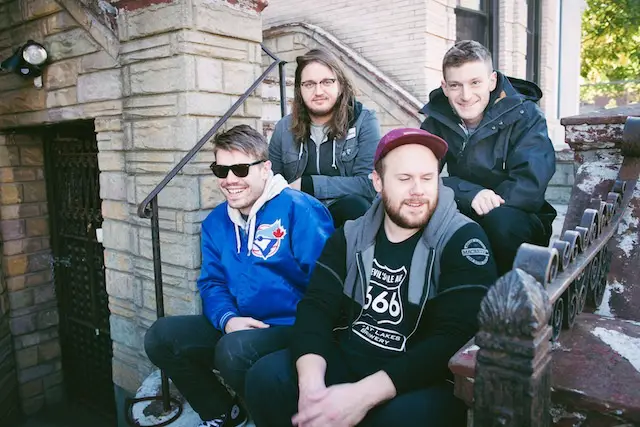
Returning Toronto’s Yonge Street to Its Musical Roots
Sorry, Rest of Canada, but when it comes to music in this country, Toronto is the centre of the universe. Yes, there are other important music hubs across the country, but when it comes to the biz and the things that emanate from it, Toronto is the place to be.
Unfortunately, the city has done a pretty lousy job of claiming its space as a world class music city. The good news is that there are finally a number of people and organizations that want to do something about this. Over the last couple of years, some groups have stepped forward to raise awareness of Toronto’s music heritage, its thriving music scene and its ability to create world-class musicians: Slaight Music, the city’s music office, the people in charge of revitalizing Massey Hall and the developers of the new Daniels waterfront project on Queen’s Quay.
Now there’s something else going on with Yonge Street. From the Globe and Mail:
The multistorey torsos of languid fashion models and other billboard ephemera tower over the students and tourists, shoppers and gawkers at Yonge and Dundas, Toronto’s attempt at Times Square.
It’s a clutter of messages for mall shopping, TV shows and plastic electronics, writ large on enormous screens. Long lost is the street-level feel of the old Yonge Street strip.
Nostalgia taints memory, but the strip used to feel more homegrown. In its 1960s and 70s heyday, it was a scene, created by nightclubs and record stores, back when both existed in force.
“The first thing I noticed when I came back to this neighbourhood three years ago was, ‘Where did the neighbourhood go?’ ” said Mark Garner, executive director of the Downtown Yonge Business Improvement Area. Toronto-raised, he remembers when buying music (he drops T. Rex as an example, even if it dates him) meant coming down to Yonge.
Professionally, before running the Downtown Yonge BIA, Mr. Garner worked away from Toronto, leading the downtown BIA in Kitchener, Ont., and briefly as director of business and economic development for Waterloo, Ont.
Now he and the BIA want to reinvigorate Yonge by playing up the nostalgia. The BIA wants to try, or at least as best as a BIA can, to recreate the scene.
It wants to restore, or in some cases recreate, the neon signs of once-famous nightclubs and place them near their former locations. The sign for Club Blue Note, for instance, will hang in the alley behind what was once the nightclub (now a fast-food court). The idea will be to spruce up the alleyway and turn it into a destination on a walking tour of Yonge’s music history, which visitors can follow with a downloadable app or perhaps guided tours currently being conducted by music writer Nicholas Jennings in conjunction with Heritage Toronto.
Read the rest of the story here. Now if we can only get all these disparate groups to get together and cooperate on a way forward…



